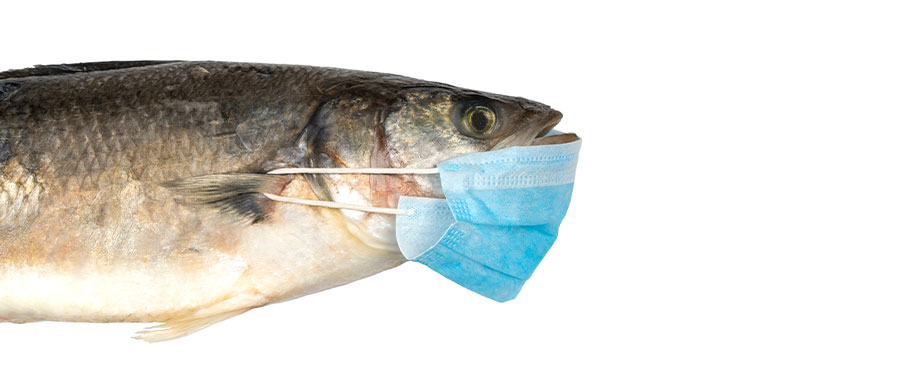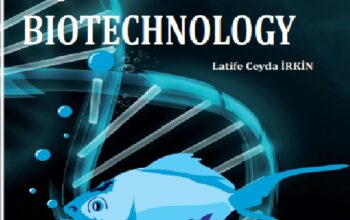the COVID-19 global pandemic has had severe, unpredictable and synchronous impacts on all levels of perishable food supply chains (PFSC), across multiple sectors and spatial scales. Aquaculture plays a vital and rapidly expanding role in food security, in some cases overtaking wild caught fisheries in the production of high- quality animal protein in this PFSC. We performed a rapid global assessment to evaluate the effects of the COVID- 19 pandemic and related emerging control measures on the aquaculture supply chain. Socio-economic effects of the pandemic were analysed by surveying the perceptions of stakeholders, who were asked to describe potential supply-side disruption, vulnerabilities and resilience patterns along the production pipeline with four main supply chain components: a) hatchery, b) production/processing, c) distribution/logistics and d) market. We also assessed different farming strategies, comparing land- vs. sea-based systems; extensive vs. intensive methods; and with and without integrated multi-trophic aquaculture, IMTA. In addition to evaluating levels and sources of economic distress, interviewees were asked to identify mitigation solutions adopted at local / internal (i.e., farm- site) scales, and to express their preference on national / external scale mitigation measures among a set of a priori options. Survey responses identified the potential causes of disruption, ripple effects, sources of food insecurity, and socio-economic conflicts. They also pointed to various levels of mitigation strategies. The collated evidence represents a first baseline useful to address future disaster-driven responses, to reinforce the resilience of the sector and to facilitate the design reconstruction plans and mitigation measures, such as financial aid strategies.



